The surge in popularity of the so-called Sports Utility Vehicle, SUV, meant that every carmaker was eventually going to get involved in what has been the fastest growing market segment in the last decade or more. It’s been the sales phenomenon of the new century and looks like there’s no slowing the momentum.
Four-wheel drive wagons have long been popular for rough tough going out back o’ beyond, but with the development of electronics has come the ability to refine them for city use. It’s allowed carmakers to build vehicles that have a degree of off-road credibility, while giving them the power to refine them to a level of a town car. With this ability it was only time before the likes of BMW and ’Benz got in on the act and built benchmark cars like the X5 and ML.
The X5 was one of the first of the new breed luxury SUVs and was received with rave reviews, even by those who doubted you could build a big heavy car with such road manners as the X5 had.
MODEL WATCH
The SUV has been an attempt to blend bush ability with town manners; it’s the taming of the old bush basher and giving it the refinement to cope with town traffic. Carmakers like to toss around terms such as car-like when they’re talking up their SUVs, but it’s something that’s hard to achieve when in reality you’re talking about a vehicle weighing all of two tones and some.
BMW got pretty close with the X5, not surprisingly given the sporting nature of the brand. There’s no escaping the body roll and sway that came with the territory, but the six-cylinder model set a standard with a balance and responsiveness belying its mass and physical dimensions. The V8s tended to be a little front heavy, which dulled the response somewhat.
The X5 began life here as a 4.4-litre V8 in 2000. It had double overhead camshafts, 32-valves and put out 210 kW and 440 Nm. It was joined a few months later by a 3.0-litre double overhead camshaft six-cylinder engine that produced 170 kW and 300 Nm. Finally, in 2002 a 4.6-litre V8 that delivered 255 kW and 480 Nm was added to the engine choices. All of that was directed through a five-speed automatic transmission to all four wheels as required.
Modern electronics gave designers the capability of controlling each wheel individually, so systems like traction control and ABS could be used to brake individual wheels as needed and direct traction to other wheels that weren’t spinning or losing traction.
The X5 handled slippery roads with ease, and stood up beyond the black top as long as the going isn’t too tough. Like you would expect the X5 was fully equipped with every that opened and shut in a car so you wouldn’t be left wanting for anything.
IN THE SHOP
Even BMWs break down on occasion so don’t buy an X5 thinking you’ve got something that’s absolutely bulletproof. That said they’re pretty good with few flaws that regularly strike them down. If you need to do some repairs, be prepared for a sizable bill for parts, as they are very expensive.
It’s best to find a BMW specialist to keep your X5 running smoothly. They might not have a glossy showroom, but they will be able to source parts that are more affordable than the factory parts, and will often be able to repair components instead of simply replacing them, as dealers are wont to do as a matter of course. A BMW catalytic converter, for example, can cost more than $2500 if you have to replace it, but most specialists can source converters for as little as $400.
IN A CRASH
Mass will always win out when it comes to the crunch and the X5 is well endowed in that area, but it handles, steers and stops well so it has pretty good dynamic safety. It also has all of the safety items you would expect of an expensive car as the X5 surely is. Look for an array of airbags on all sides to intervene in a crunch.
AT THE PUMP
Pushing a vehicle weighing around two tonnes around town isn’t going to be cheap so don’t expect miracles from the X5. The 3.0-litre six should return 11-13 L/100 km, the V8s one or two more if you can keep your right foot under control.
LOOK FOR
• BMW badge cred.
• Good looks
• Regular visits to the pump
• Good performance for size
• Luxury at all turns
THE BOTTOM LINE
If your budget allows the X5 sets the standard for luxury SUVs
RATING
78/100
BMW X5 2000: 4.4I
| Engine Type | V8, 4.4L |
|---|---|
| Fuel Type | Premium Unleaded Petrol |
| Fuel Efficiency | 15.0L/100km (combined) |
| Seating | 5 |
| Price From | $7,700 - $10,890 |






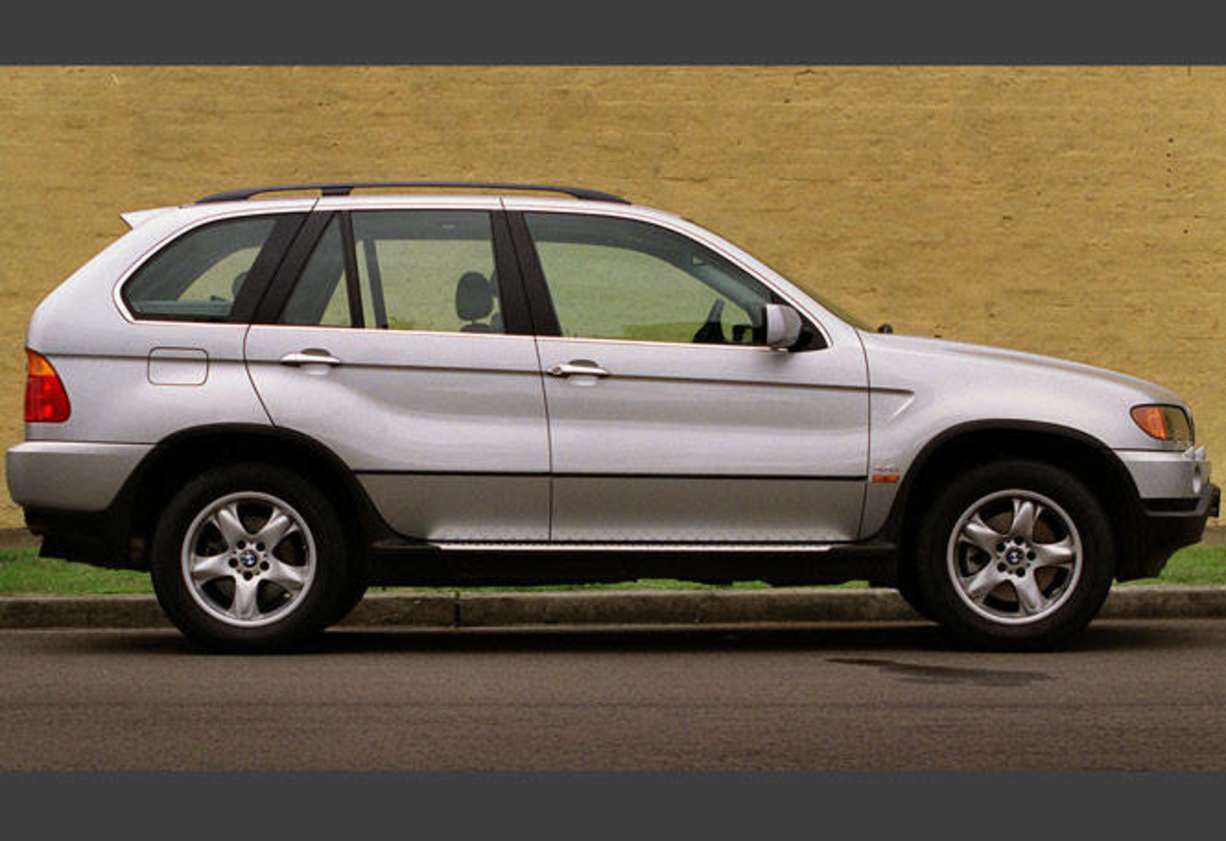
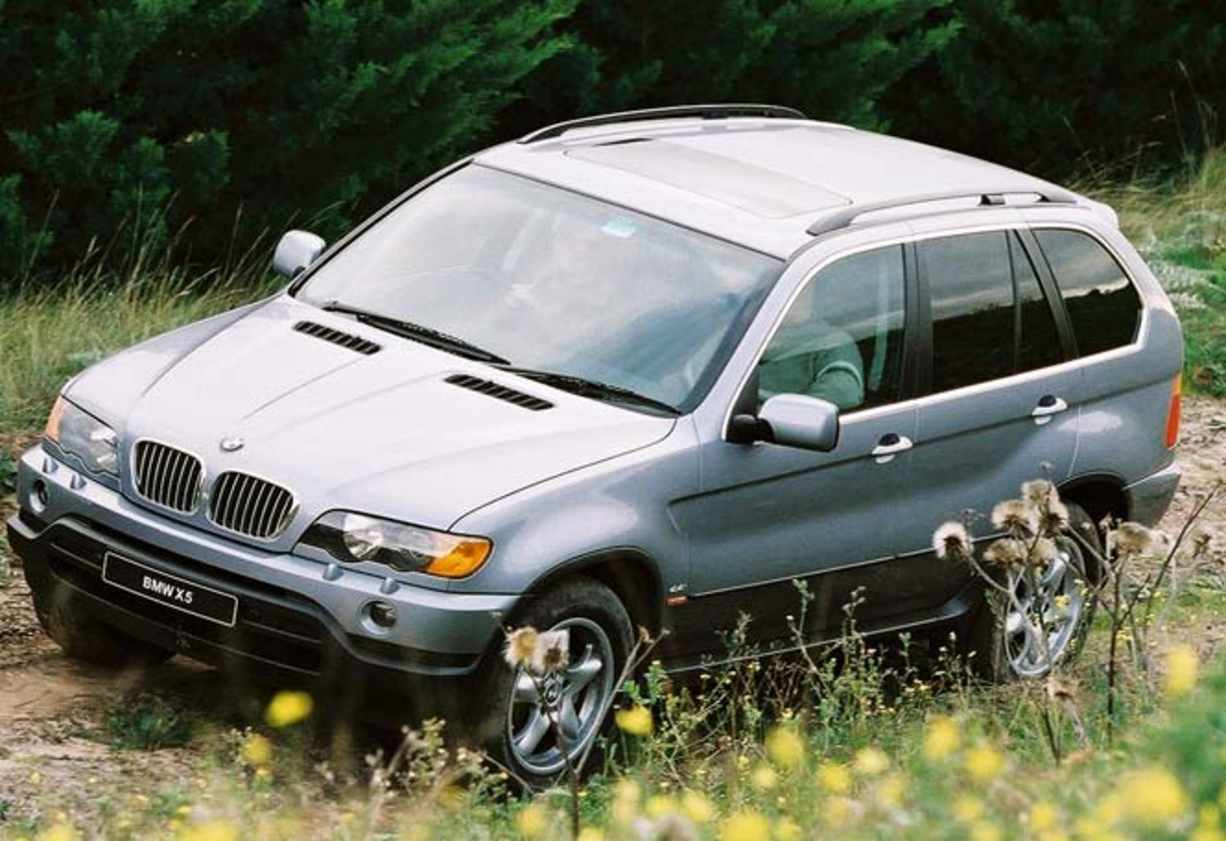
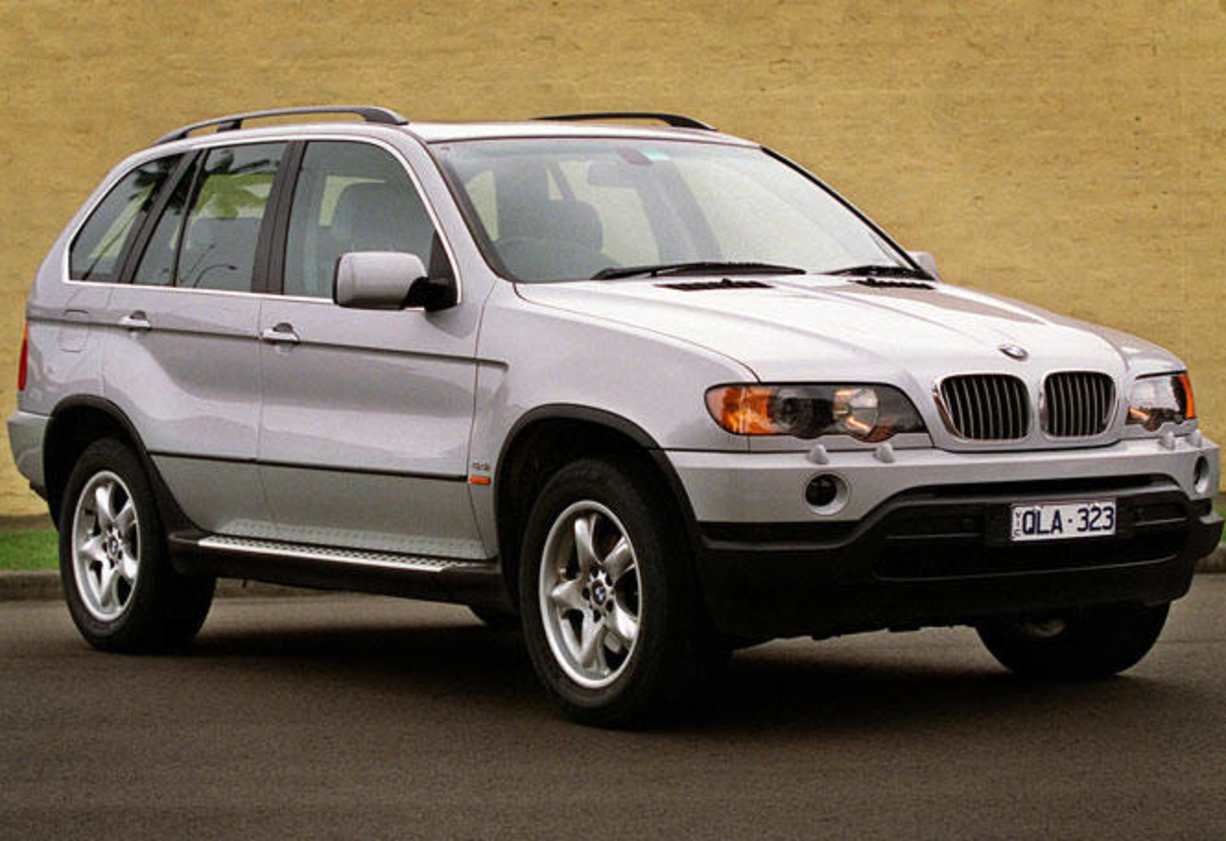
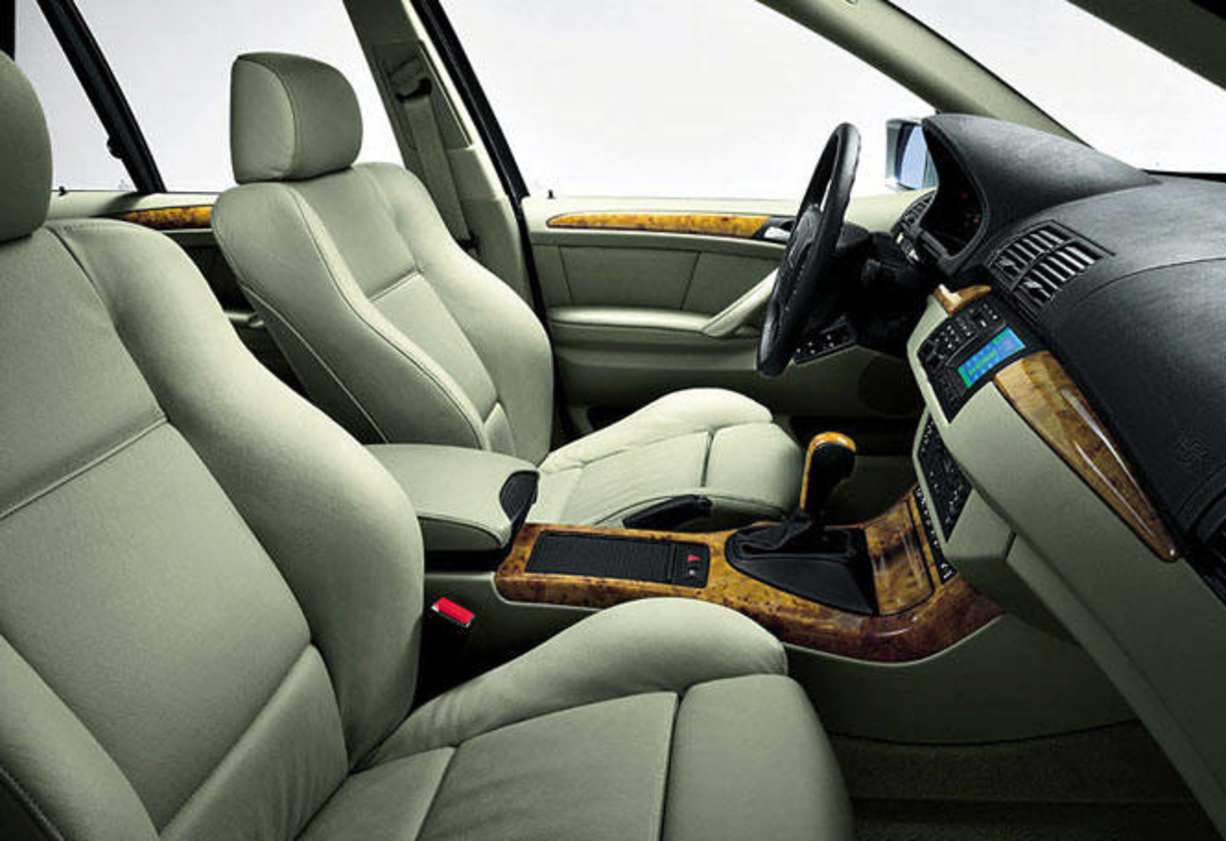
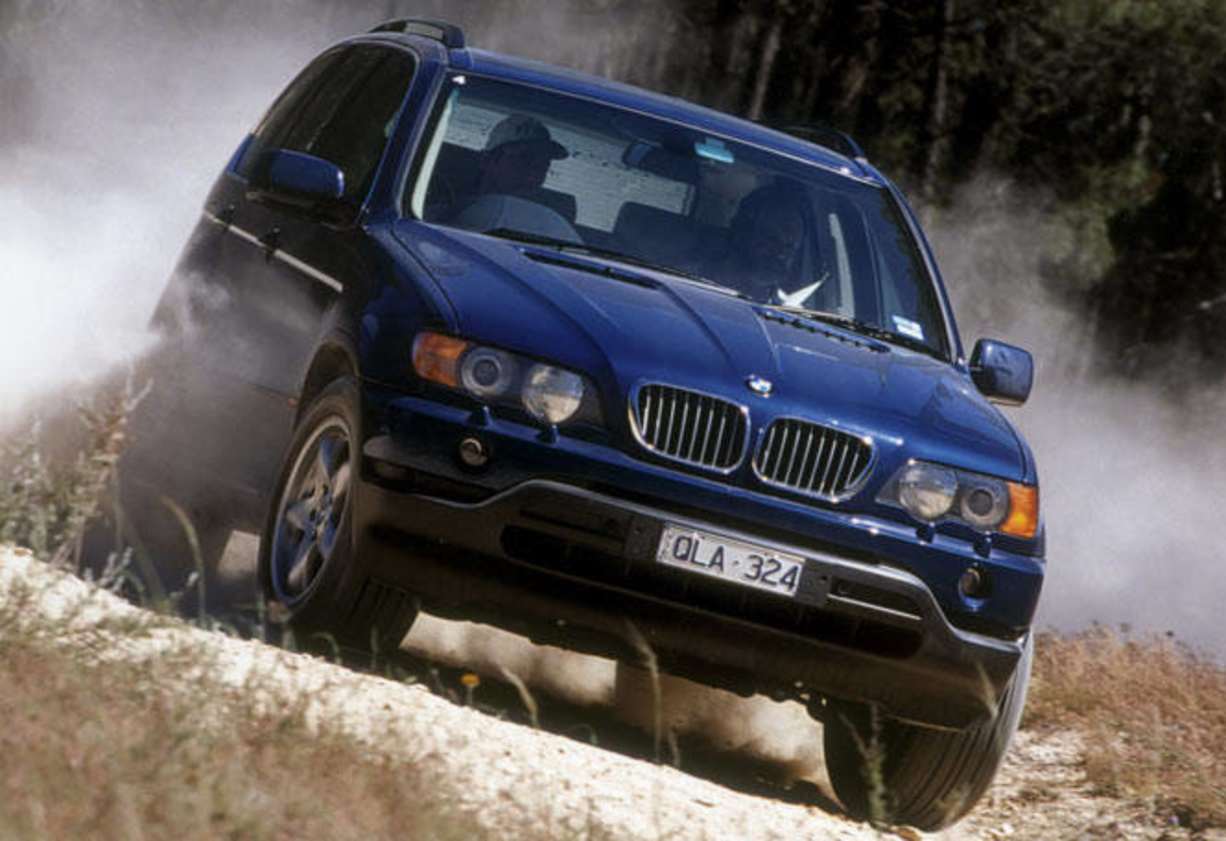
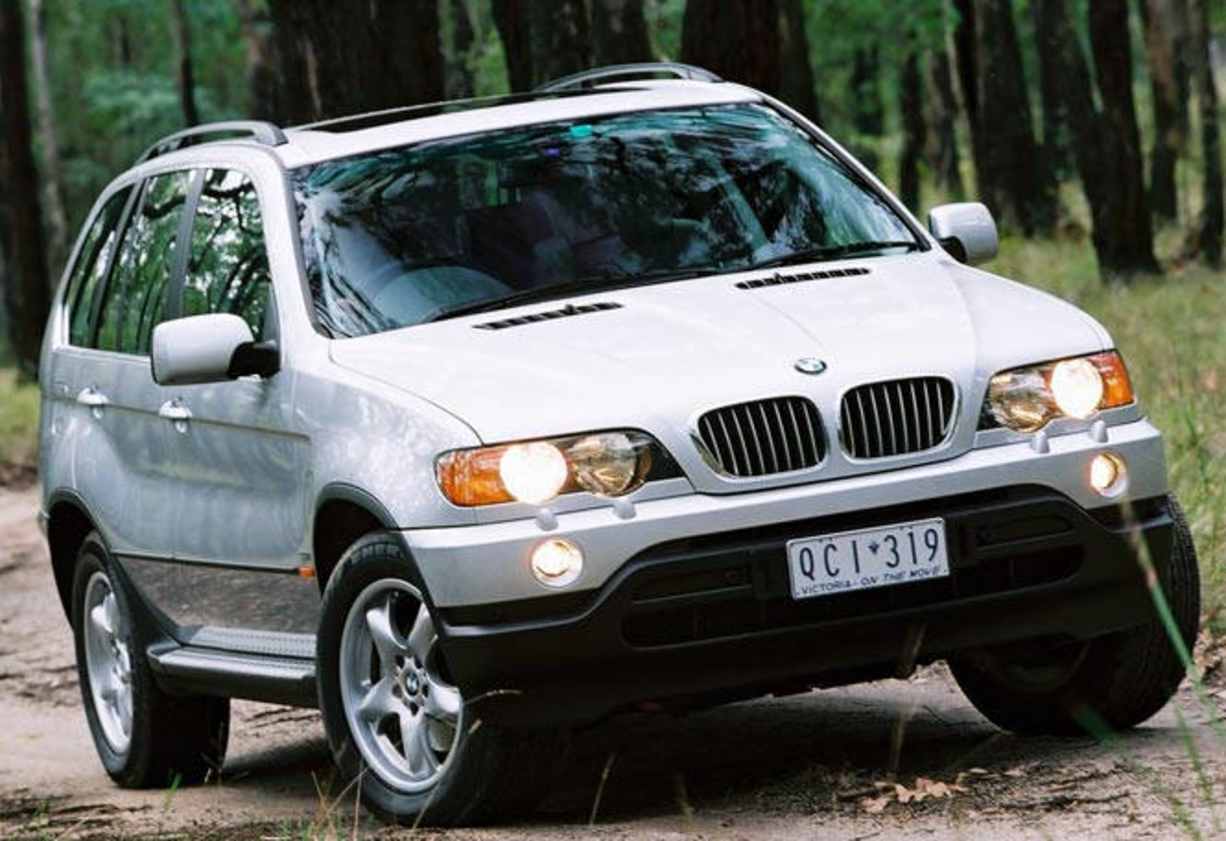
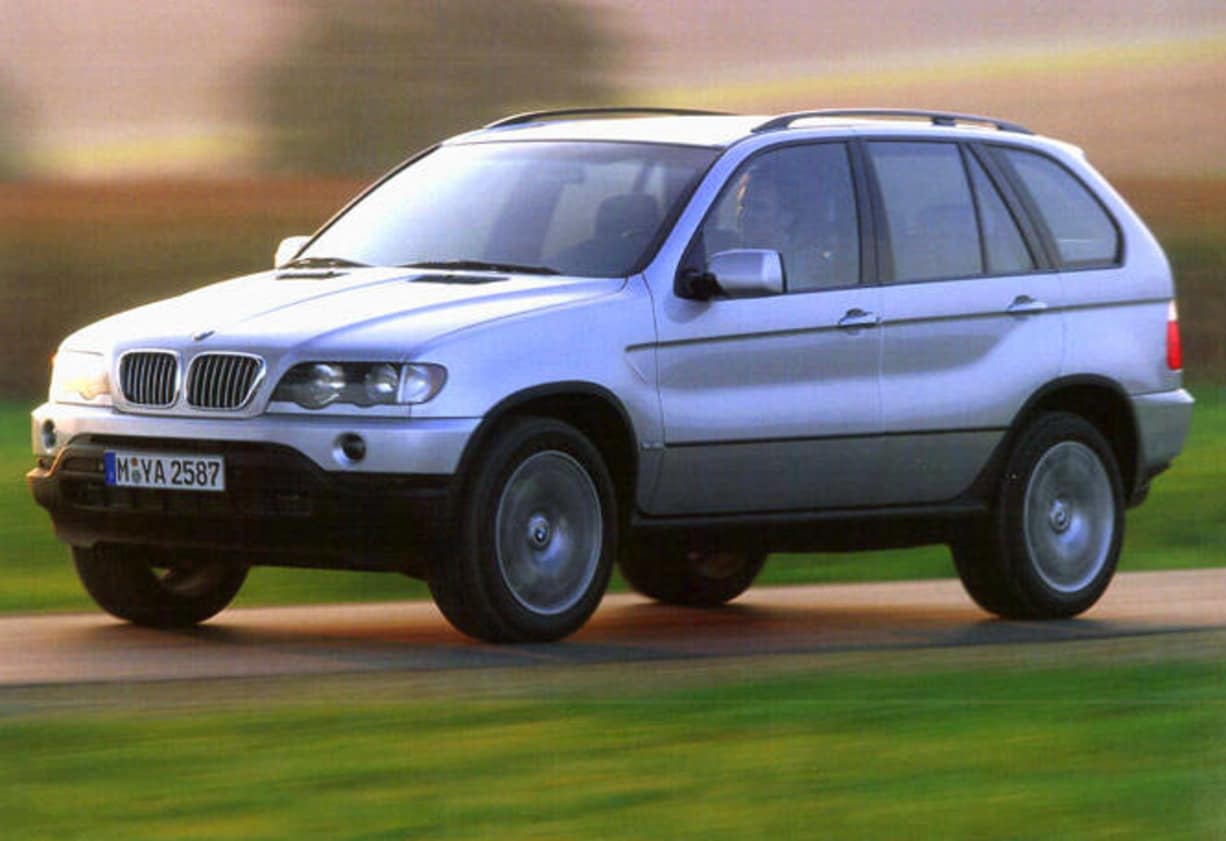
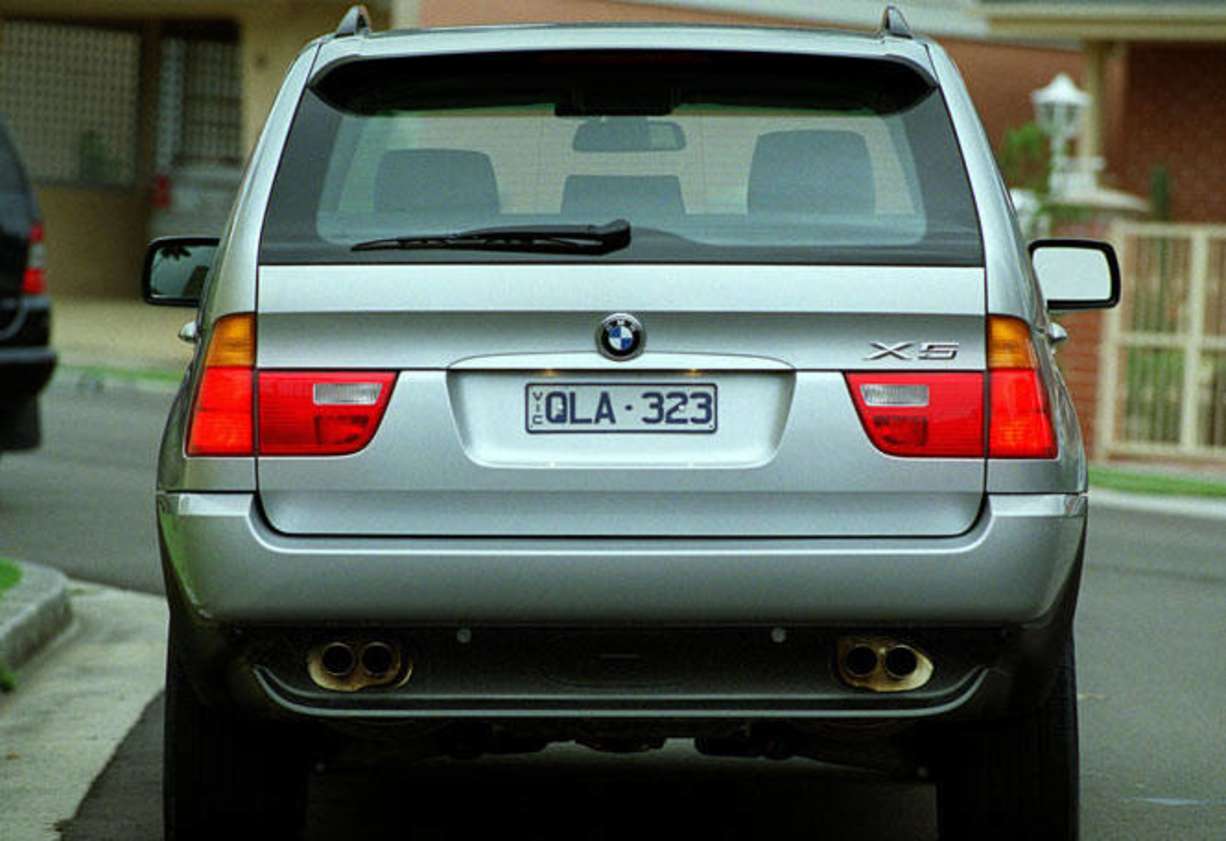
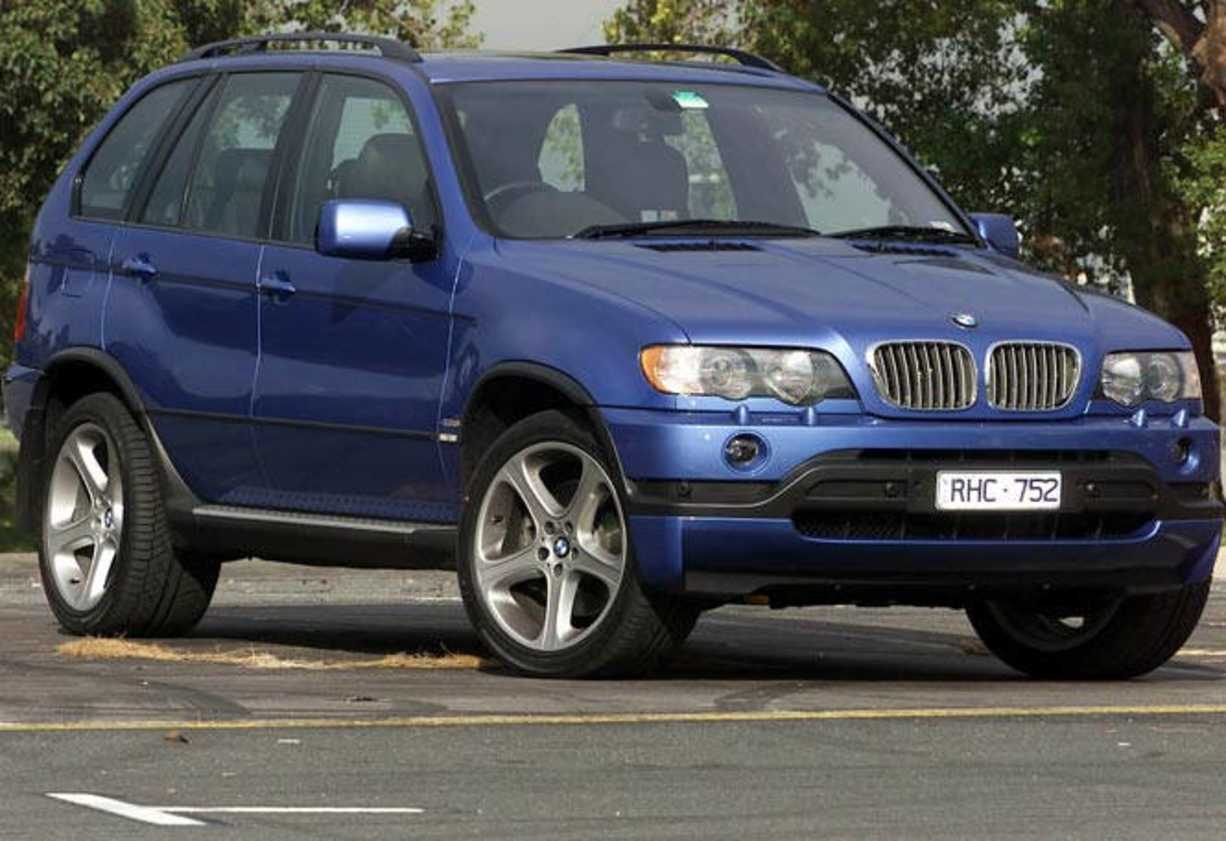
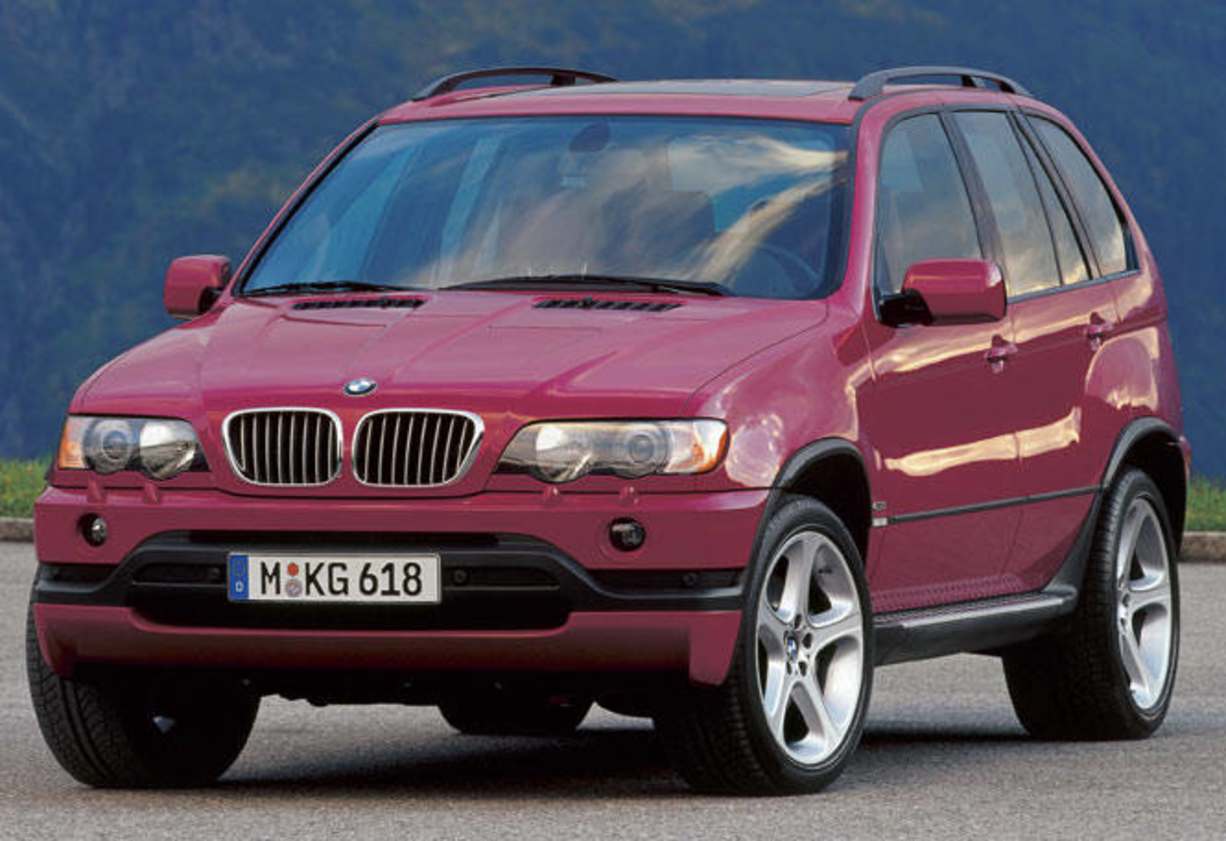
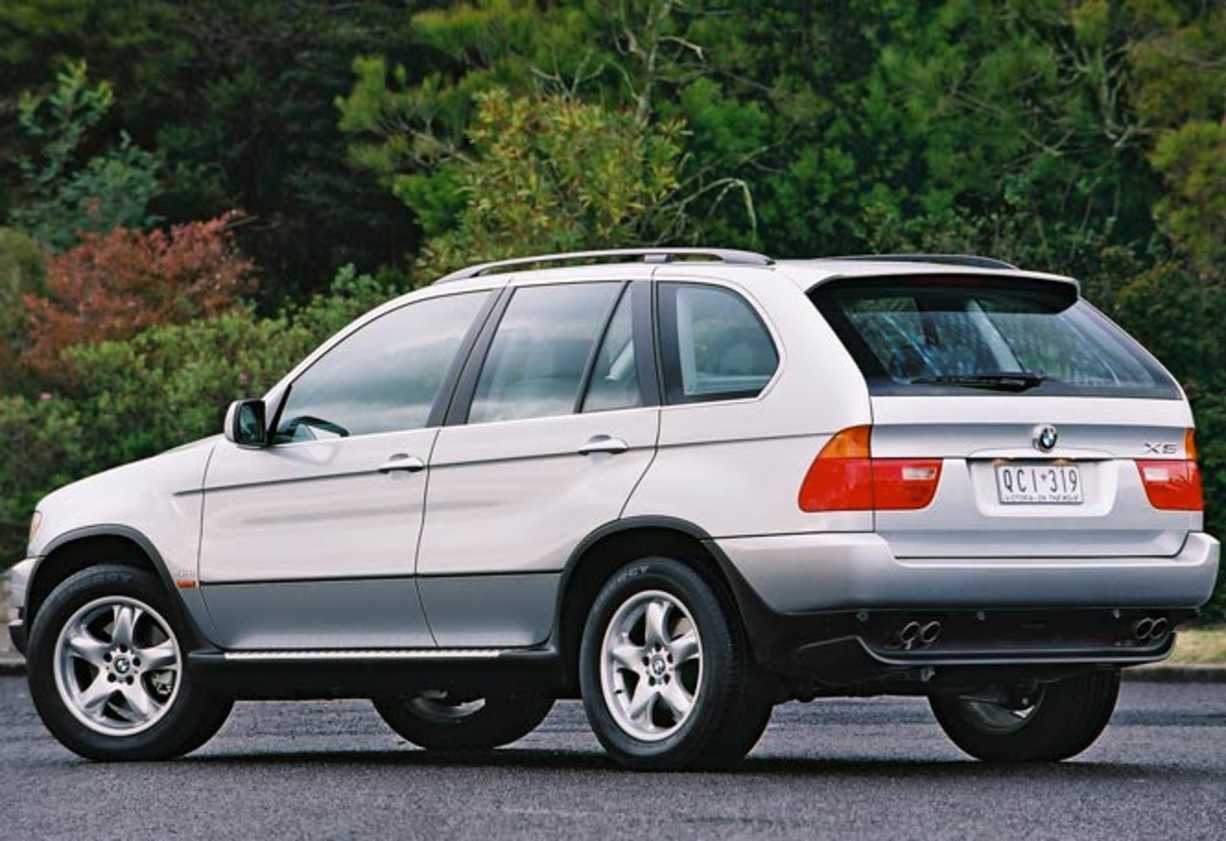
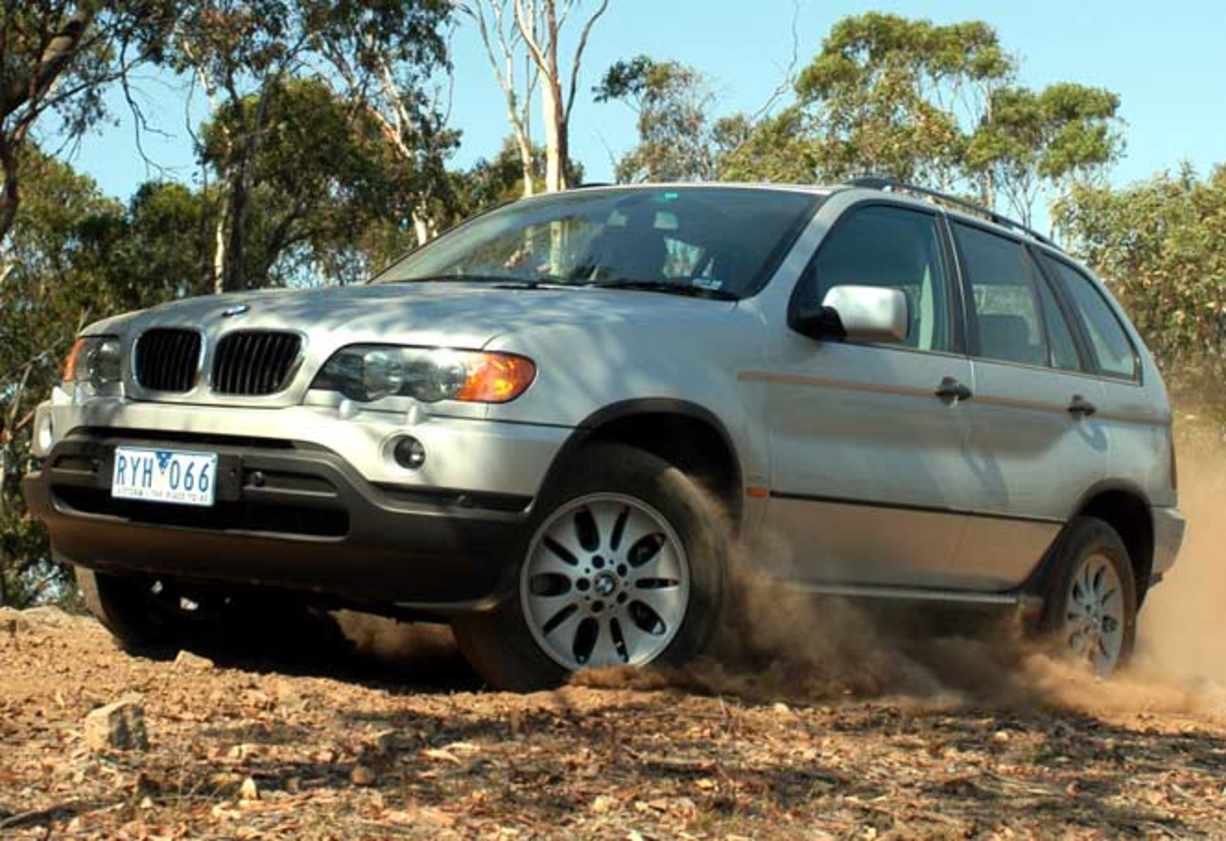
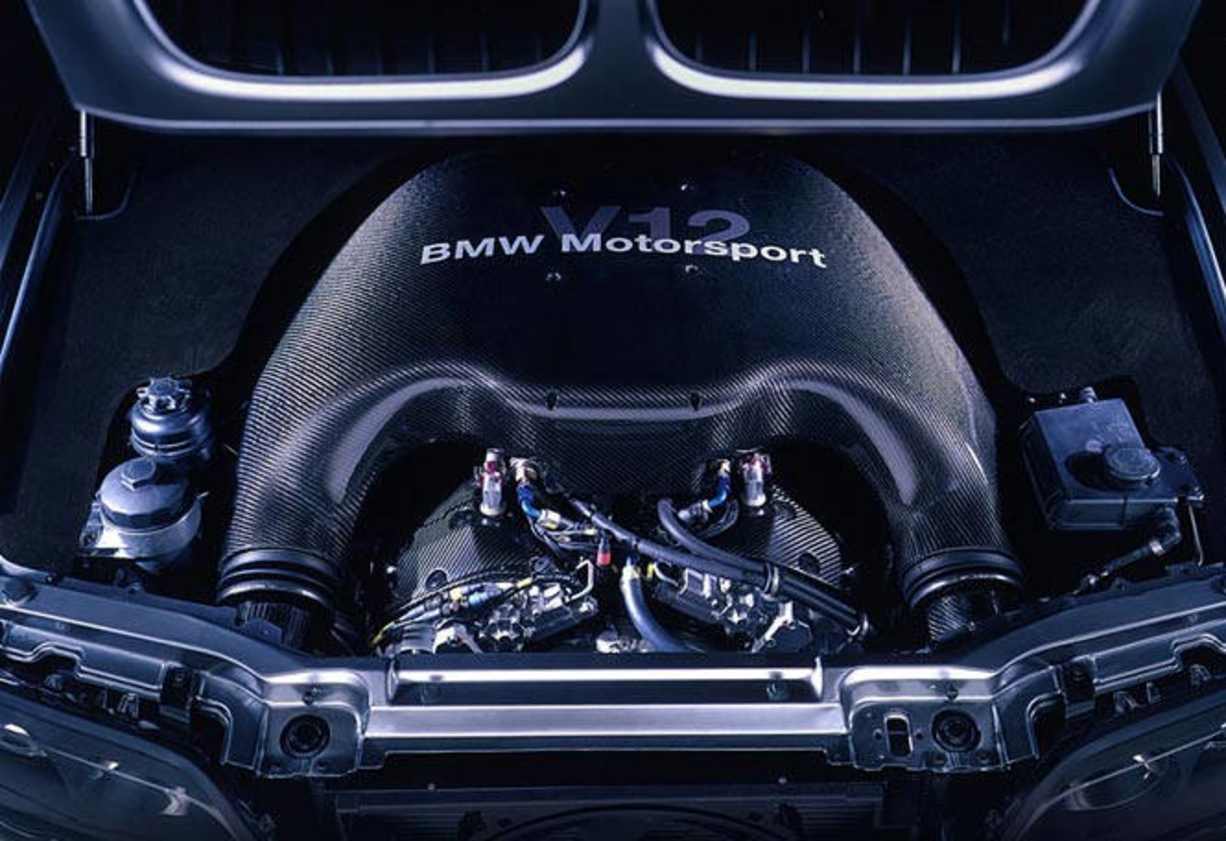
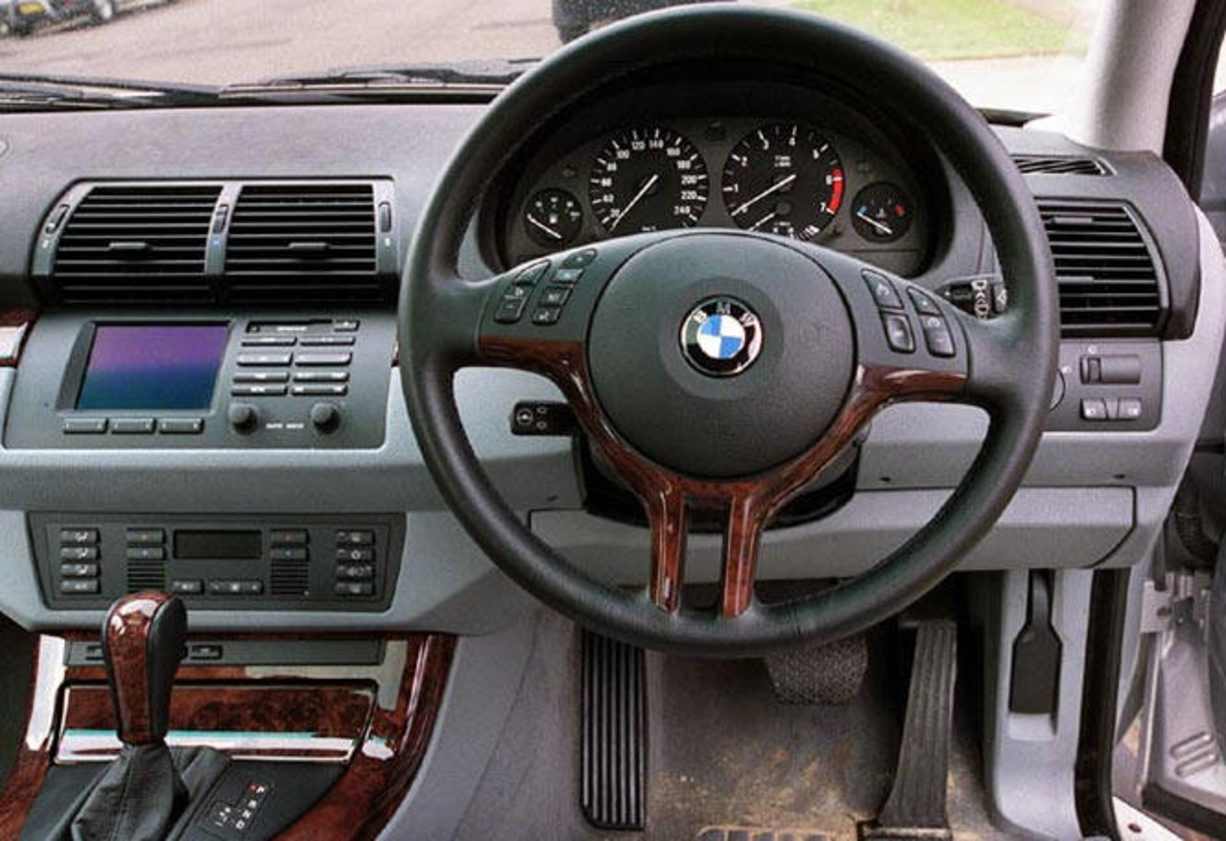















.jpg)

.jpg)







.png)








.jpg)

.jpg)
.jpg)